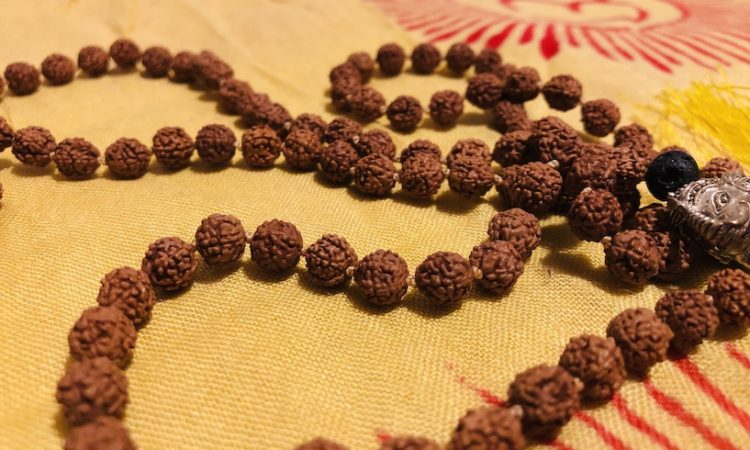Today, Yoga can be found everywhere. In the modern world, it has become a symbol of a healthy and flexible body. But Yoga is more than bending your body, standing on your head or doing any kind of complex asana. In the traditional meaning of Yoga, it is a subject of realization. It’s a way to live life. We can also say that Yoga is a process, which leads to Samadhi (stage of oneness). This process is “sadhana” and our body can be seen as material of this sadhana. We have to use this material to get the right result in our process towards Samadhi. How can we get the right result? It all depends on the right efforts, which lead to the right process. With this focus, we can achieve the higher state of Yoga.
The 8 limbs of traditional Yoga
With this in mind, it gets clearer why Yoga is a very complex topic and described as a type of lifestyle. People often say that they’re doing Yoga, when they go to a class at their gym for practicing asanas. But when we follow the traditional meaning of Yoga, this is only a small step. There are many different aspects that a real Yogi has to follow – also called “the 8 limbs” in Ashtanga Yoga. If you are interested in getting to know the 8 limbs, we are inviting you to join one of our courses.
But as a start, have a look at the words of Lord Krishna in the Bhagavad Geeta: “samatvam yoga uchyate” – we have to think in the same way for all living and non living things. “Living things” are humans as well as animals and this thinking is based on our ancient believe of the reincarnation of souls. Furthermore, the traditional meaning of Yoga contains equanimity of the mind: the mind should be calm and balanced in all conditions of life. For that, we need a lot of practice, which is not only done by balancing the body in a posture. We need to continuously work on sadhana, which has to be done with body, mind and soul.

